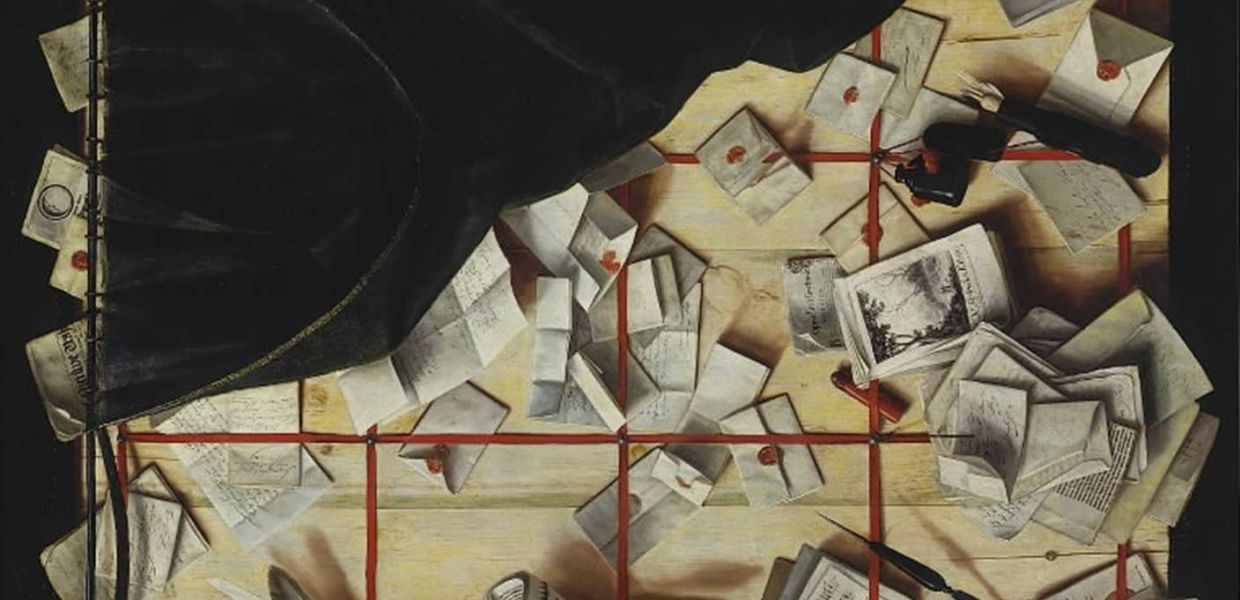From coding projects to 3D Modelling: enriched pedagogical material and recommendations from the User Group
We get insights from the Europeana Education User Group as they build upon efforts of the Developer Group to mainstream the use of digital culture in education.
The DSI-3 project with European Schoolnet to mainstream the use of digital culture in education started in October 2017 with the Developer Group (DG). Their task was to create a series of learning scenarios and professional development material as the base of our first MOOC. Over the second half of the project (March-July 2018), we set up the Europeana Education User Group to test and refine the material produced.
The User Group (UG) was formed as result of an open call released by European Schoolnet (EUN) throughout January and February 2018. 60 teachers from different European countries (Finland, France, Italy, Greece, Poland, Portugal, Spain, Slovakia, Czech Republic, Romania, Croatia and Lithuania) and education levels (at around 30% from primary and 70% from secondary level) were finally selected. Their main tasks were 1) to test the usability of the learning scenarios produced by the Developer Group, and 2) to participate in the first Europeana Education MOOC, which ran from 30 April to 15 June. For both tasks they provided feedback.
Enriching pedagogical material
The contribution of the UG testing the DG learning scenarios varied from simple recommendations like including new images, adjusting the activities to a specific age group or advising different duration for the successful completion of the scenario, to more complex outputs, such as the creation of new pedagogical activities based or inspired on the original material.
One of the most interesting new activities designed has been From Pixel to Plastic: Using Europeana as a resource for 3D printing projects, produced by Prof. Artur Coelho, Coordenador PTE - Agrupamento de Escolas Venda do Pinheiro in Portugal. His scenario aims to use Europeana as a resource for 3D printing projects. The primary goal is challenging students to create 3D modelling projects using images found on Europeana, which can be either 3D printed (if the school has the device) or produced in a makerspace.
During the implementation of the activity, the learners have to search in Europeana for suitable content for their projects, set the goals and a work plan, use computational thinking (breaking complex shapes into modular parts), create 3D models using accessible modelling tools (Tinkercad, Sketchup Make/Free, 3DC.io) and write a project report. A beautiful example of the new 3D models designed by students is the manuscript’s miniature of an astronomical diagram as shown below (explore more designs).
Miniature 3D model recreation. Original reference on Europeana: Moon from BL Harley 4940, f. 37.
Another promising initiative by one member of the UG, Miguel Angel Queiruga, is a coding project that will take place during the Code Week, 6-21 October 2018. The project aims to create an interactive map of Burgos city (Spain), where students will geolocate and highlight local monuments, cultural and scientific institutions, artefacts or historical figures using Europeana content. The activity intends to give kids aged 5-18 a chance to engage with some hands-on learning experience creating with technology. The plan is to involve all the schools’ students in the region and the University of Burgos.
Recommendations and feedback
In order to collect the UG’s recommendations after testing the DG learning scenarios and participating in the MOOC (we’ll know more about the course results in our next blog), EUN has evaluated the group through surveys: one after each implementation of the scenarios and one after finalising the MOOC in mid-June.
Some highlights from the survey results are:
-
they would like to find more pedagogical material related to physics, mathematics, music, language and technology in Europeana resources for education
-
they preferred content on Europeana Collections to be video, image and 3D
-
they would appreciate more translated content, either on our platform or in the resources produced
Thanks to this evaluation we have also learnt that more than 70% of teachers recognised that their students developed their collaborative skills during the implementation of the LS, and more than 60% of teachers believe their students developed their digital competence, followed by critical thinking and communication skills.
EUN will prepare a plan for the ongoing animation and sustainability of the Europeana User Group of teachers beyond the end of the DSI-3 project. For the next DSI-4 period, the group will grow to a total of 120 teachers from 12 countries and is expected to develop 60 new learning scenarios integrating Europeana resources at the end of the next school year.
Learn more about the UG activities for the next DSI-4 and join our Education Community and LinkedIn group.


